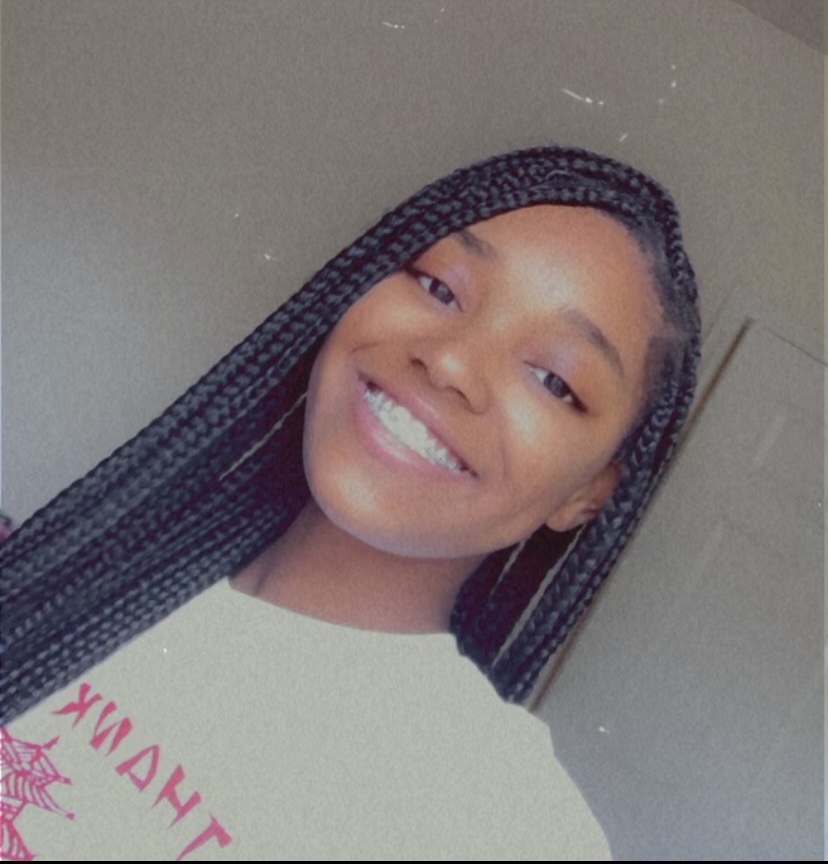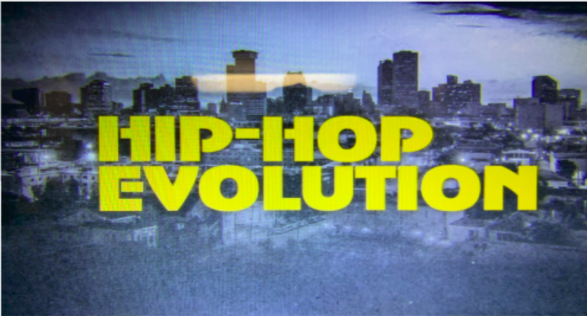What it is and how it all started
Hip hop is a popular music genre that originated in African American and Hispanic communities. Hip hop allowed young Black and Hispanic artists to express how life was in their neighborhoods as they battled with gang violence, poverty, discrimination, social injustice, and more. Hip hop allowed them to “express” themselves, said Raphael Travis and Alexander Crooke, writers for The Conversation.
If it were not for Clive Campbell–professionally known as DJ Kool Herc — there would be no hip hop music. DJ Kool Herc created hip hop music on August 11, 1973, at his sister’s party in the West Bronx.
Campbell started to play around with records when he was ten years old. After some practice, he noticed what parts of the records the crowd liked the most. “I was noticing people used to wait for particular parts of the record to dance,” said DJ Herc in an interview with Schomburg Center. DJ Herc would use these records to DJ at parties, and out of that, Herc created hip hop.
The Sugarhill Gang and the early 80s
Wonder Mike, Master Gee, and Big Bank Hank made up The Sugarhill Gang, the first hip hop group. They started in the late 70s and made hits up until the late 90s.
Their first song, Rappers Delight, dropped in 1979. The Sugarhill Gang performed most of their songs live where they ‘rapped’ over a beat series.
In 1991 they released the hit Jump on It. Rap in the late 70s and the 80s was more like telling a story over a beat, like talking with rhythm.
Another popular mainstream rap song in the 80s was The message by Grandmaster Flash and the Furious Five. This song started the idea of conscious rap. Conscious rap is a subgenre of hip hop that focuses on “creating awareness and imparting knowledge,” according to the Urban Dictionary.
In “The Message,” Grandmaster Flash and the Furious Five rap about the stress of poverty in the inner cities of New York. The birth of conscious rap would bring along other artists: Tupac, Common, J Cole, Kendrick Lamar, and plenty of others.
The Golden Age of Rap
The mid-80s to the mid-90s were known as the Golden age of rap. In this decade, every album brought about a new style of rap, and “every new single reinvented the genre,” according to Rolling Stone.
During the golden age of hip hop, the most famous artists were Run-D.M.C, N.W.A, and 2pac, along with other groundbreaking rappers in the mid-80s and 90s.
Joseph Simons, Darryl McDaniels, and the late Jam Master Jay were members of the rap group Run-D.M.C. Their first single, Sucker MC’S, changed “the sound of rap music,” according to HHGA. Their sound was different from that of The Sugarhill Gang; their approach was more hardcore and hard-hitting, starting a new rap style. Run-D.M.C gave hip hop its first: gold and premium album, grammy award, and they were the first rappers to appear on MTV. Some of their record-breaking hits were Walk This Way, It’s Tricky, My Adidas, and many others.
Another rap group to follow in the steps of the rap style Run-D.M.C presented was N.W.A. Rappers Ice Cube, Dr. Dre, DJ Yella, MC Ren, and the late Easy E were West Coast rappers who represented ‘Gansta rap.’ N.W.A’s album Straight Outta Compton was on the first albums to hold the Parental Advisory sticker. Their single Straight Outta Compton, released in 1988, used explicit language and visuals to tell how life was on the west coast. Critics labeled N.W.A as the world’s “most dangerous group,” said Brock Cardiner, an editorial director. Artists like N.W.A brought a new style of rap that would be used by several rappers to come.
Although 2pac was one of the most famous rappers during the golden age of rap, his style was less like gangsta rap and more like conscious rap. His lyrics were influential, and his songs had a message. 2pac’s 1993 single, Keep Ya Head Up, was a message to black women. In this piece, he encourages black women to keep their heads up despite the hate they receive from the world and black men. His single Changes, released in 1998, displays a similar message that Grandmaster Flash did in The Message; they both rap about being black and struggling from poverty in the hood. 2pac knew he couldn’t change the world with his raps, but he wanted to “spark the mind that will,” said 2pac in a 1994 MTV interview.
From The Sugarhill Gang to Tupac, the rap game changed drastically from the sound to the beats and continues to change. The revision of hip hop shows us how the generations have changed, and it makes you wonder, what will rap be like in 10 or 20 years from now?
Tune in to next week’s article to learn how rap has evolved from the 2000s to 2020.

Hi! My name is Mariah and I am a staff writer and social media editor for The Mycenaean. I am also a member of Black Student Union and Track and Field.

Leave a Reply